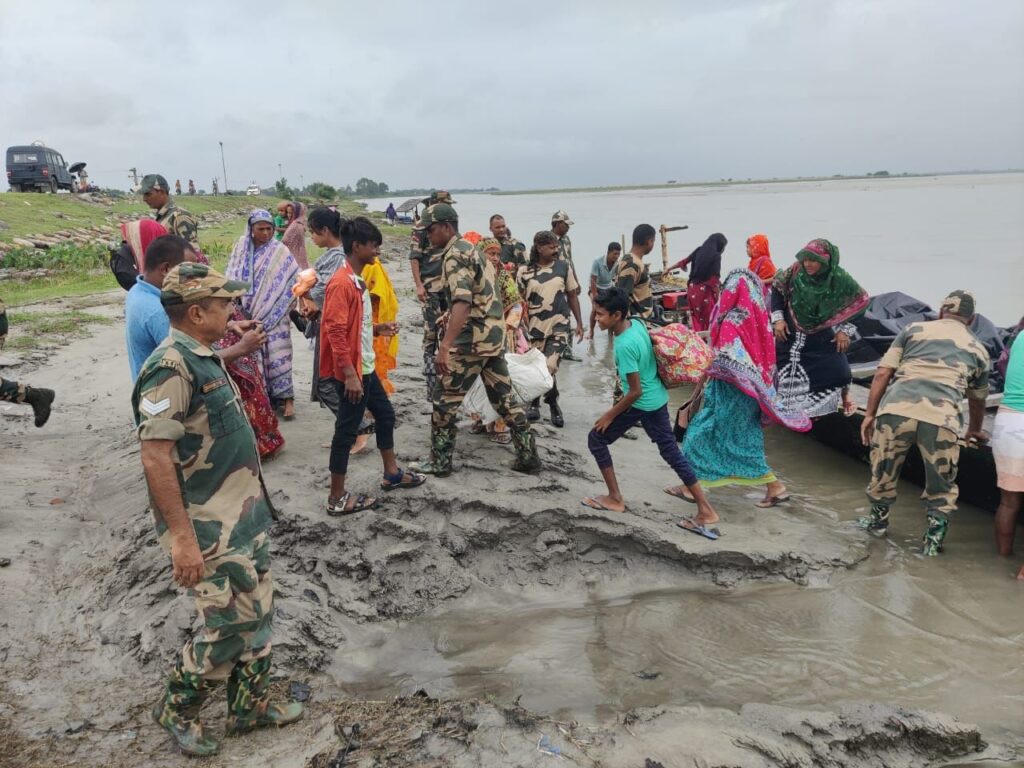A sudden cloudburst above Lhonak Lake in Sikkim unleashed a flash flood, claiming over five lives, and several soldiers reportedly missing on Wednesday. The calamity significantly disrupted daily life across the region.
The Sikkim State Disaster Management Authority issued a press release attributing the disaster to a cloudburst in parts of Lhonak Lake, which led to a rapid surge of water downstream in the Teesta River basin during the early hours of October 4, causing extensive damage to various structures in the districts of Mangan, Gangtok, Pakyong, and Namchi.
The situation was exacerbated by the release of water from the Chungthang dam, resulting in an abrupt and substantial rise in water levels downstream, reaching heights of 15-20 feet, as confirmed by defense spokesperson Lt Col Mahendra Rawat. Tragically, the incident led to the disappearance of 23 Army personnel and submerged 41 vehicles in slushy waters.
Furthermore, the Teesta River’s fury washed away the vital Indreni bridge in Singtam, a 120-meter-long cable suspension bridge that played a pivotal role as a thoroughfare. Responding to the magnitude of the catastrophe, the Sikkim government officially declared it a ‘disaster’ as water levels surged significantly overnight from Tuesday to Wednesday.
Prime Minister Narendra Modi reached out to Sikkim Chief Minister Prem Singh Tamang, offering full support in the face of the disaster. By 1 pm on Wednesday, Central Water Commission data indicated that the water level in the Teesta River had receded below the danger mark, indicating a diminishing flood threat.
The catastrophe also had severe implications for transportation, as portions of National Highway-10, the primary link connecting Sikkim to the rest of the country, were washed away.
According to reports, flood alert was issued for North Bengal and Bangladesh, through which the Teesta River flows. In response to the calamity, all schools in the districts of Mangan, Gangtok, Pakyong, and Namchi were ordered to remain closed until October 8, as announced by the education department. However, by the time these measures were taken, the deluge had already claimed lives, washed away local homes and businesses, submerged vehicles, destroyed critical infrastructure including roads and bridges, and left the region reeling from the extensive damage.

